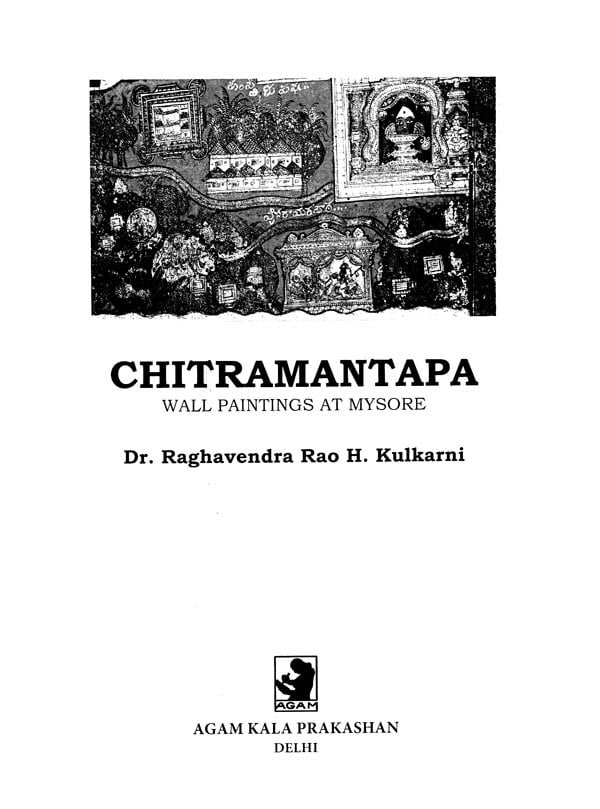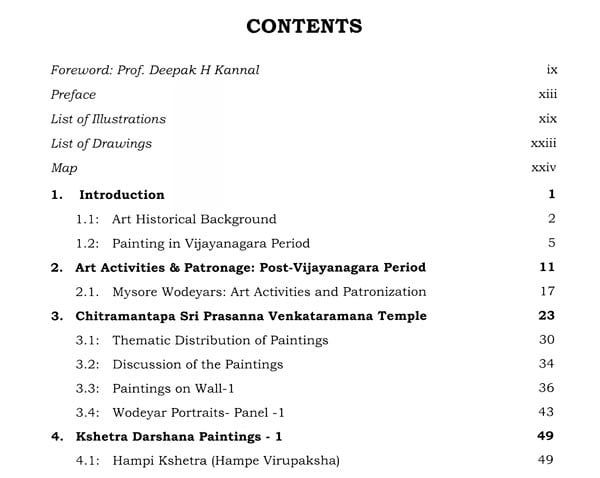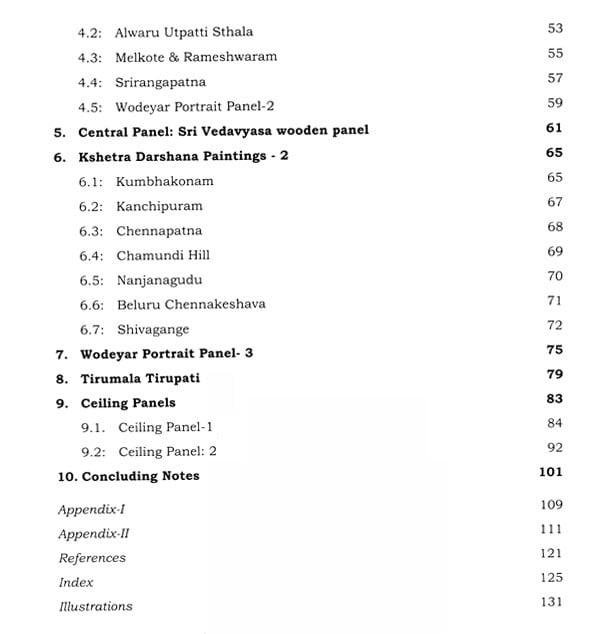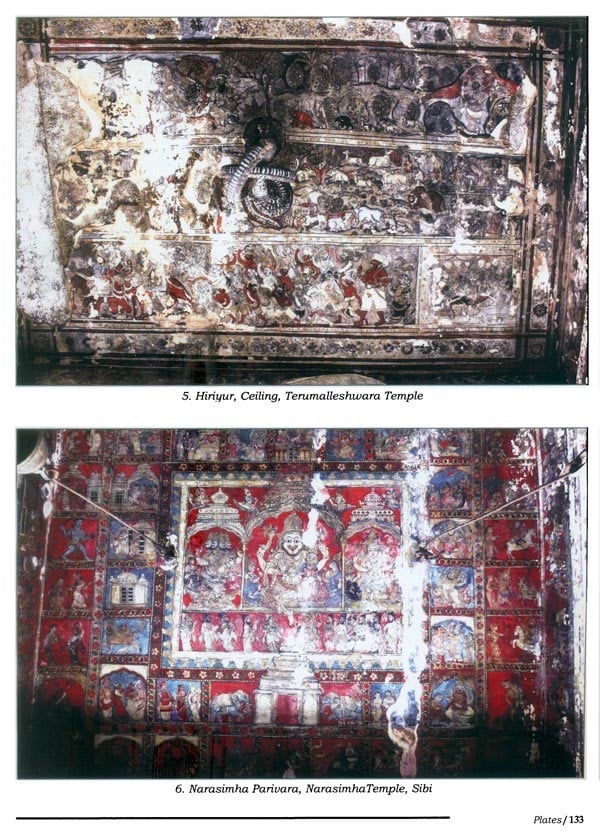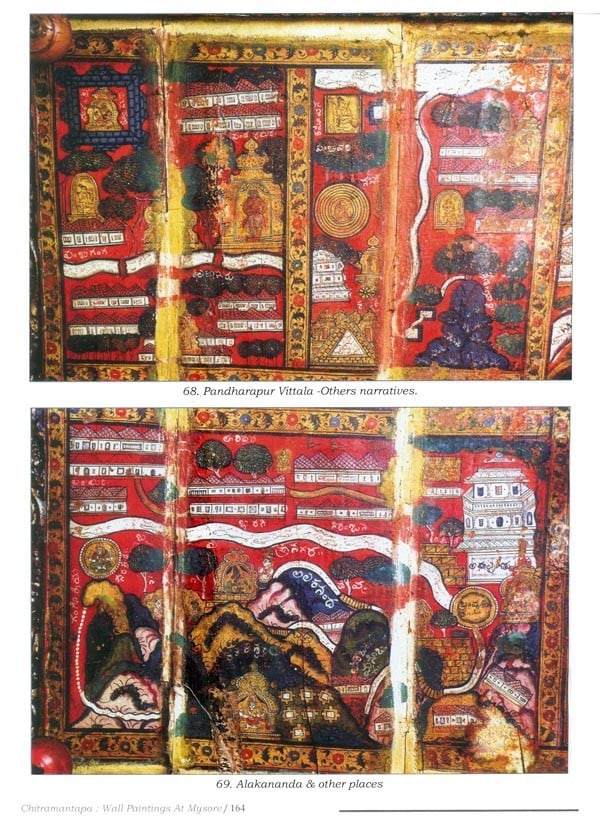About the Book Unlike painting tradition medieval the Indian pointing tradition, except celebrated murals the manuscript. Ajanta few more chosen been extensively studied the art historians. India uninterrupted tradition mural painting that goes back Ajanta and continues period. The regional schools mural tradition the schools manuscript painting. Unfortunately, these have yet attention scholars. Prof. Raghavendra Kulkarni's 'Chitramantapa' the lacunae an extent. it monograph on nondescript tiny mural gallery perhaps unfamiliar visitors, on the terrace Prasanna Venkataramanaswamy temple, a modest shrine not from the Mysore better-known Varaha Sri Prasanna Krishna temples. built the quarter century a Madhwa saint, Subbarayadasa who enjoyed privileged patronage the gallery with paintings Subbarayadasa's kshetra darshana pilgrimage holy over India, scenes Srimadbhagwat, Krishna Dashavatara and also holy men well the rulers.
About the Author Dr Raghavendra Rao H Kulkarni, born in Nilogal Village near Badami, Karnataka, is on Art Historian, Educator and Art Writer. He completed his BFA in Art History from CAVA Mysore Univeresity in 1989, and Masters Degree from Faculty of Fine Arts, M.S.University Baroda in 1992. Further he obtained Diploma in Epigraphy in 1996 and PhD from Mysore University in 2001.
He has contributed research papers for many well-known scholars felicitation volumes, as well as presented papers in National and International seminars organized by Universities. He also published over 80 research papers in journals both in Kannada and English. He delivered invited special lectures at Lalitkala Akademi New Delhi, Santiniketan, Banaras Hindu University Varanasi, Dharwad, Mysore, Gulbarga, Trivandrum, Pondicherry, Chandigarh, LPU, and State Lalitkala Akademi Bangalore. He is columnist in The New Indian Express, contributing monthly essay since 2020 on art and culture of Karnataka and India.
He has extensively worked on Karnataka Art-architectre and sculptures. His publications include Kinnala Art (1992) Pre and Early Chalukya Sculpture (2009), Yusuf Arakkal (2009), GLN Simha, (2017), Early Sculptural Activities In Karnataka (2019) Vijayanagara Sculpture (2019) Co-edited: Splendours of Ganjifa Art (2018), VA Deshpande (2021) and co-editor for Ratna Dipa Prof. Ratan Parimoo Felicitation Volume (2021).
Presently Dr. Kulkarni is working as Professor, HOD Department of History of Art and also Coordinator of PhD Research Centre, College of Fine Arts, Karnataka Chitrakala Parishath, Bangalore.
Foreword Unlike the manuscript painting tradition in medieval India, the Indian wall painting tradition, except for the celebrated murals of Ajanta and a few more chosen sites, has not been extensively studied by the art historians. India has an uninterrupted tradition of mural painting that goes back to Ajanta and continues till the colonial period. The regional schools of mural tradition are as enthusing as the schools of manuscript painting Unfortunately, many of these schools have yet to catch the attention of scholars. Prof. Raghavendra Rao Kulkarni's 'Chitramantapa' fills up the lacunae to an extent. Apparently, it is a monograph on a nondescript tiny mural gallery perhaps unfamiliar even to the regular visitors, on the terrace of Sri Prasanna Venkataramanaswamy temple, a modest shrine not far away from the Mysore palace and the better-known Sri Shveta Varaha and Sri Prasanna Krishna temples. It was built in the second quarter of 19th century by a Madhwa saint, Sri Subbarayadasa who enjoyed the privileged patronage of the Wodeyar court.
Preface Karnataka has a rich tradition of mural paintings. The tradition may be traced from pre historic periods. Earliest paintings on the walls of pre historic caves have been found at Badami, Maski, and many other places. Though, the post pre historic periods megalithic painted potteries and subsequently enter in to the historical periods. The Maurya dynasty- King Asoka had sway over this land almost up to Chitradurga district. It is proven beyond doubt with his minor rock edicts. Sannati, Kanaganahalli, Banavasi, Wadagaon Madhavapura, Brahmagiri, Chandravalli and many early historical places have yielded the Satavahana and post Satavahana period's evidences. The discovery of the Shakya Maha Chaitya Stupa at Kanaganahalli (Sannati) is great contribution for the art and architecture of the early art history of Karnataka. The sculptures both, symbolic, narrative stories of the life of the Buddha and memorial stones form fertile cultural, social, religious and political state of the period.
Mural tradition though continued by the Badami Chalukya artists, only fragments of the same have been survived. The grandeur of Ajanta may not be seen here. However, the same was continued until Vijayanagara period.
Introduction Chitramantapa a painted hall or a hall built for painting is one of the fascinating developments in the history of ancient Indian art, especially in the art of Karnataka. There are quite a good number of examples which may be identified as Chitra Mantapa, Maharangamantapa, and Kalyana Mantapa with painted walls and ceilings. Present study focuses on the Chitramantapa of Sri Prasanna Venkataramanaswwamy Temple at Mysore datable to 1836 CE.
Painting was one of the earliest forms of expressions in the history of mankind. The paintings create a new visual language as the earliest communicative language. The figures of animals and humans were depicted on the walls of many caves of the pre-historic period. Painted galleries of the Neolithic period were the representation of the earliest expressions of the artists of that era. Neolithic culture in India and elsewhere has developed along with painted images on the walls of the caves.
**Contents and Sample Pages**
